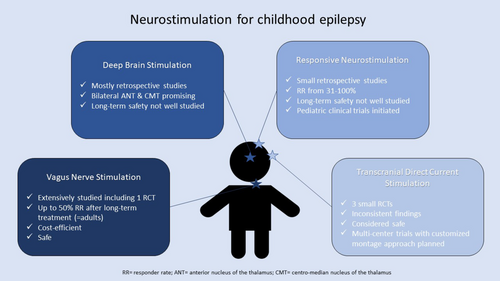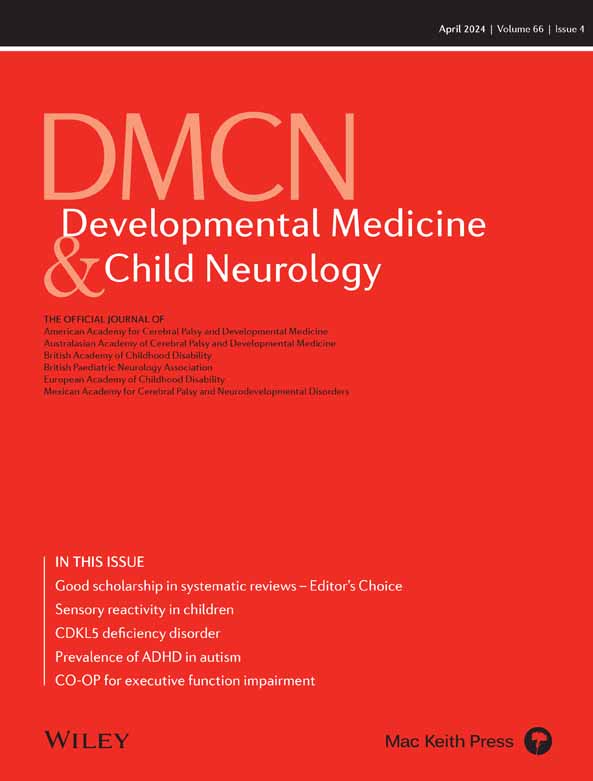Neurostimulation for childhood epilepsy
Abstract
The experience with neurostimulation for childhood epilepsy is far less extensive than for adults. Nevertheless, the implementation of these techniques could be of great value, especially considering the detrimental effects of ongoing seizures on the developing brain. In this review, we discuss the available evidence for neurostimulation for childhood epilepsy. Vagus nerve stimulation (VNS) is the most studied neurostimulation modality in children. Based on mostly retrospective, open-label studies, we can conclude that VNS has a similar safety and efficacy profile in children compared to adults. Although there is little available evidence for deep brain stimulation (DBS) and responsive neurostimulation (RNS) in children, both DBS and RNS show promise in reducing seizure frequency with few complications. The implementation of non-invasive techniques with a more appealing safety profile has gained interest. Small randomized control trials and open-label studies have investigated transcranial direct current simulation for childhood epilepsy, demonstrating promising but inconsistent findings.
Graphical Abstract
The experience with neurostimulation for childhood epilepsy is far less extensive than for adults. Nevertheless, the implementation of these techniques could be of great value, especially considering the detrimental effects of ongoing seizures on the developing brain. In this review, we discuss the available evidence for neurostimulation for childhood epilepsy.
Open Research
DATA AVAILABILITY STATEMENT
Data sharing not applicable to this article as no data sets were generated or analysed for this article





